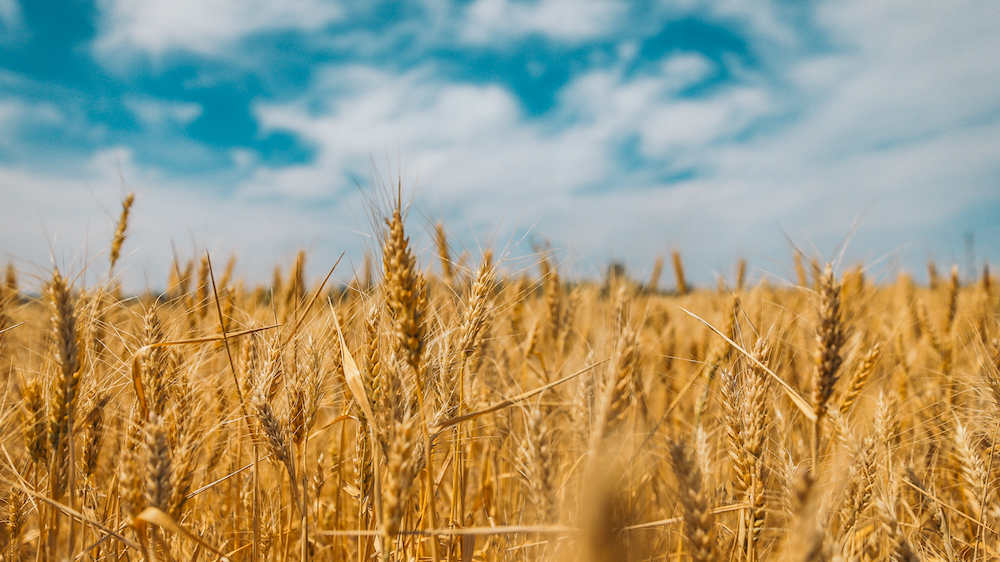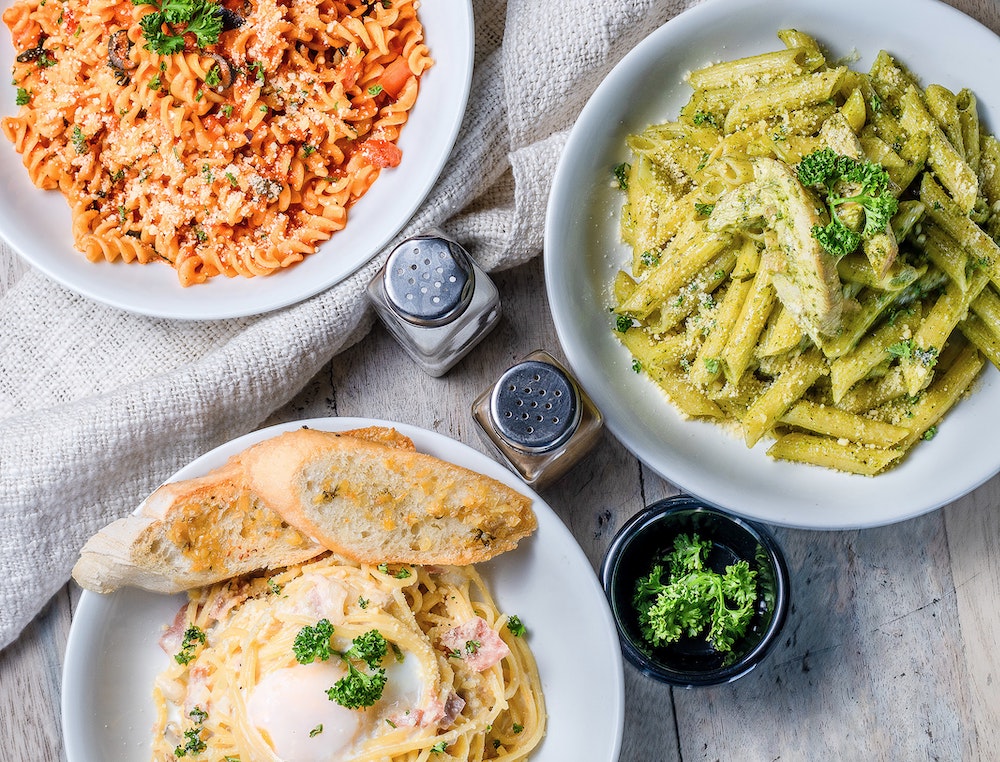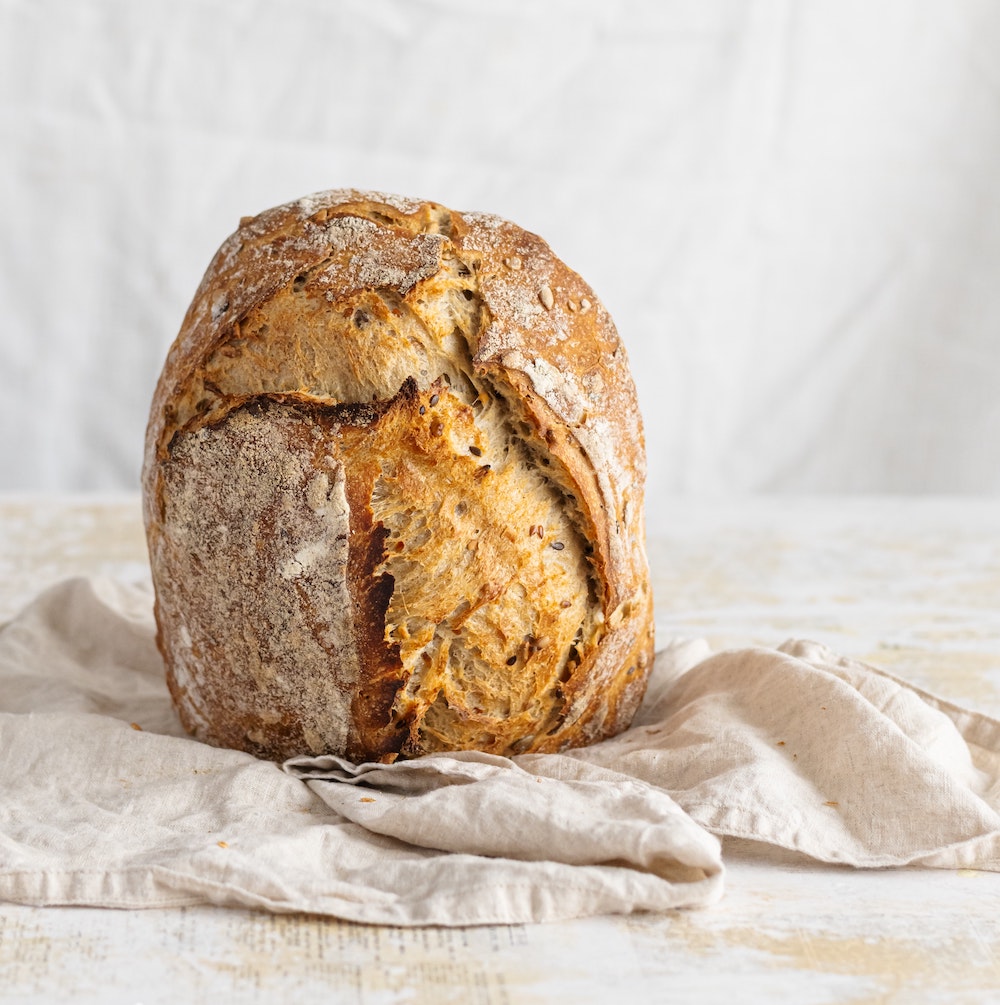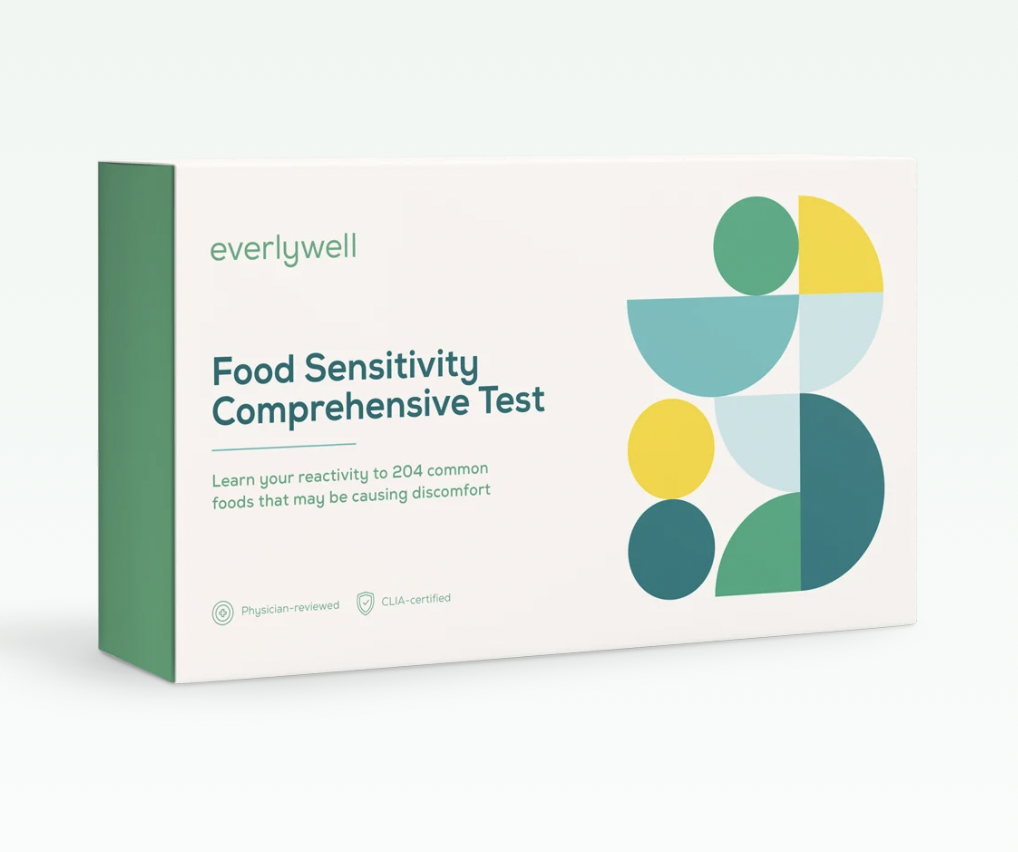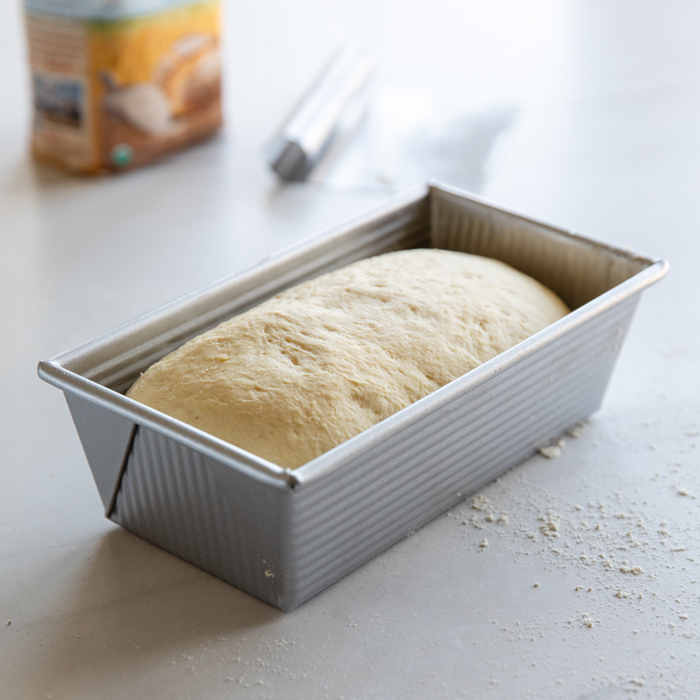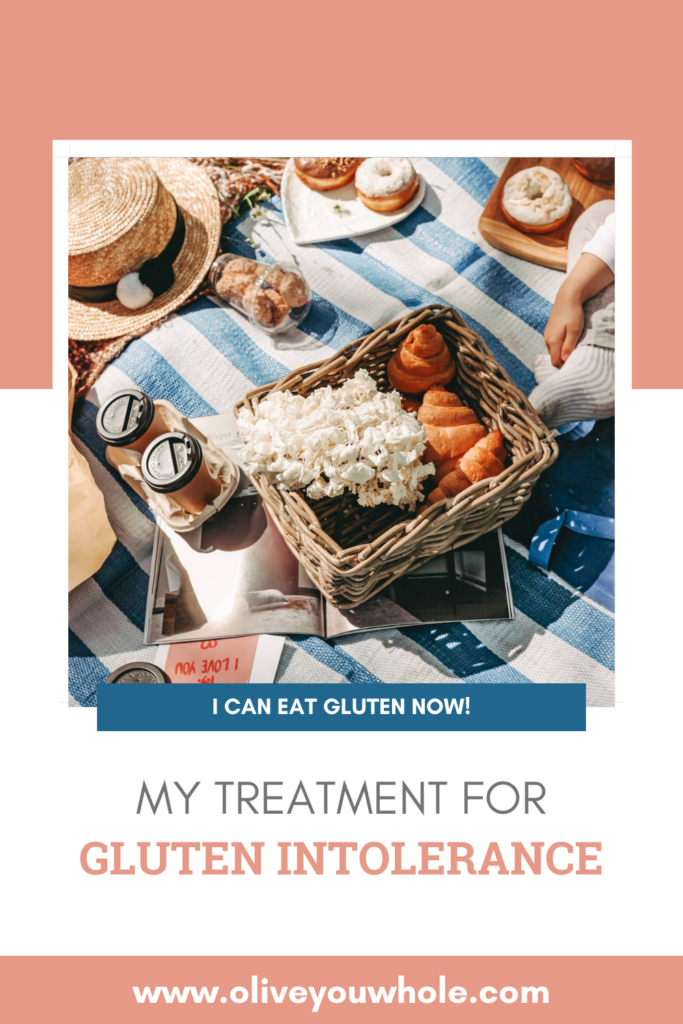I’ve been sharing on my @oliveyouwhole Instagram account about my treatment for gluten intolerance, and I’ve never in my life had this level of excitement from you! As you’ll read below, I was experiencing gluten intolerance symptoms, but using my treatment for gluten intolerance, I am NOW ABLE TO EAT GLUTEN without symptoms!!! You’ve been SO excited to read about my journey and my treatment for gluten intolerance that was developed by my functional medicine doctor, and I cannot wait to share!
We cover a lot in this article, so scroll to the bottom to find my exact steps I used for my treatment for gluten intolerance!
Disclaimer: I am NOT a doctor. I am sharing below my treatment for gluten intolerance and what worked for ME and is not medical advice. Please consult a medical professional in regard to your treatment for gluten intolerance, any testing you might need, what foods to eat and avoid, and any medication or supplementation you might need.
What is gluten?
Let’s just start at the beginning here. Gluten is a protein that is found in wheat, barley, and rye.
What is a Non-Celiac Gluten Sensitivity (NCGS)?
A non-Celiac gluten sensitivity (NCGS) means that I do NOT have Celiac disease, which is an autoimmune disease where your body attacks the gluten protein and can damage your small intestine. This is important to note because of the time of this writing, there is no known cure for Celiac disease, and management consists of NEVER eating gluten or gluten-containing ingredients:
There’s no cure for celiac disease — but for most people, following a strict gluten-free diet can help manage symptoms and promote intestinal healing. (1 – The Mayo Clinic)
Celiac vs Gluten Intolerance
Celiac Disease is an autoimmune disease. Non-Celiac gluten sensitivity (NCGS) means your body has a reaction to eating gluten.
If you suspect you could have Celiac Disease, it is SO important that you get tested to be sure. You can get a Celiac Disease at-home test from Let’s Get Checked here. Use the code OLIVE to get 20% off!
What Causes Gluten Intolerance (or a Non-Celiac Gluten-Sensitivity)?
The short answer is leaky gut. When I went to my functional medicine doctor in September of 2020, he went on a whole diatribe on what causes gluten intolerance and all food intolerances. I’ll do my best here to reiterate what he shared with me.
When we eat foods and have a healthy gut, the food particles are digested in our guts, and only the nutrients are passed through into the bloodstream. When we have leaky gut, our guts essentially turn into a mesh strainer instead of a rubber inner tube. Entire food particles (instead of just the nutrients) are passed through our permeable gut lining and into our bloodstream.
These entire food particles aren’t supposed to be in the bloodstream, so your body’s immune cells found in the blood can launch an immune attack against those particles. (It’s like they’re saying “Intruder alert!!!”). If your gut continues to stay leaky and allow these food particles to get into the bloodstream, your body will continue to fight them off just like they fight off bacteria and viruses. AND they will “learn” to attack these specific particles and can launch bigger and bigger attacks.
Gluten Intolerance Symptoms
I realized the symptoms I had been experiencing were actually gluten intolerance symptoms right around when the pandemic started, in April of 2020. For me, my three biggest gluten intolerance symptoms were a rash, arm bumps, and digestive distress.
Here is a list of common gluten intolerance symptoms:
- Bloating and gas
- Abdominal Pain
- Digestive issues: diarrhea or constipation
- Nausea
- Brain fog or trouble focusing
- Headaches
- Joint and muscle pain
- Fatigue or feeling exhausted
- Skin Problems including Skin Rash and/ or Skin bumps
- Depression
- Anemia
Rash with Gluten Intolerance
For over a year (starting in about 2019), I had been having what I now know is the common rash with gluten intolerance, but I could NOT for the life of me figure out what was causing it… We would eat gluten occasionally, but what would happen is the rash wouldn’t be immediate, so I could never exactly pinpoint it to gluten. OR we’d be eating out, and we’re less strict with our eating out, so then if I got a gluten intolerance rash, I would say to myself “Was it gluten? Dairy? Hidden soy?” Who knows! Especially with eating out, it can be hard to tell what is causing a symptom or a reaction.
When the pandemic hit, and we were eating home-cooked meals 99.9% of the time, unbeknownst to me it was the perfect time to figure out what my sensitivity really was… We got takeout delivered, and the only thing abnormal was the smallest amount of gluten, and I IMMEDIATELY got the “gluten intolerance rash.” For me, the gluten intolerance rash appears on the tops of my legs and on my inner thighs. Unfortunately, it can be SO itchy that I’m scratching without realizing, and the next day I have deep purple bruises…
I finally figured out it was likely a rash with gluten intolerance, and I avoided gluten for over an entire year. And do you know what? I only got a similar type of rash ONCE, and my guess was gluten cross contamination!
Gluten Intolerance Skin Bumps
Another one of the gluten intolerance symptoms I personally experienced was gluten intolerance skin bumps… They are these bumps on your arms. For me, it was my upper arms. For me, these gluten intolerance skin bumps completely went away when I avoided gluten for over a year.
How to Know if you are Gluten Intolerant
There are two ways to know if you are gluten intolerant: get tested (more info below), and remove gluten entirely to see if your symptoms resolve.
How is Gluten Intolerance Tested?
I get asked this question a lot – how is gluten intolerance tested? It is tested measuring your body’s Immunoglobulin G (IgG) response to the gluten protein found in wheat. IgG is a type of antibody found in your serum.
An IgG response is different from a true allergy, which is an IgE response. An IgE response produces a histamine response which is what you think of with a true allergy.
The reason it can be tough to nail down food intolerances (like I shared in my story above) is because an IgG reaction can be delayed by hours or even days.
Two Options for Gluten Intolerance Home Tests
I think the two best options for food sensitivity testing are from:
- Everlywell Food Sensitivity Comprehensive Test and
- Great Plains Laboratory IgG Food Map with Candida + Yeast Test
Everlywell Food Sensitivity Tests
There is a test for Gluten Intolerance measuring your IgE as mentioned above. There isn’t a test specific to gluten, but it’s my opinion that you should test for way more than gluten anyway!
The best Gluten Intolerance Test at Home is from Everlywell. Everlywell provides two different kinds of food sensitivity tests: their basic food sensitivity test and their food sensitivity comprehensive test. They are each a Gluten Intolerance Blood Test. You simply prick your finger to provide your blood sample and it is done at home!
The basic food sensitivity test tests your IgG reaction to 96 foods, including wheat (which contains gluten).
The food sensitivity comprehensive test tests your IgG reaction to 204 foods, including wheat (which contains gluten).
I believe knowledge is power, so I always recommend going with the food sensitivity comprehensive test. <<< Click to order!
Everlywell Food Sensitivity Test Review
- Everlywell’s Food Sensitivity test is a blood test (you will do a finger prick)
- It measures your body’s immune response (IgG test) to 96-204 different foods
- When you get your results, it will tell you if you have a normal reactivity, mild reactivity, moderate reactivity, or high reactivity to each food.
Great Plains Laboratory IgG Food Map with Candida + Yeast Test
Great Plains is an overall great laboratory. The reason I love this test is because it tests for 190 foods AND ALSO tests for candida overgrowth, which is an important factor in overall gut health. Since you have to be a practitioner to offer the testing, I asked my friend Tracey Grant who is a registered dietician to add this test to her website so you can access it! Please note that this is the test alone and does not include interpretation. An interpretation call can be booked directly with Great Plains Laboratory when your results arrive.
Purchase the Great Plains Laboratory IgG Food Map with Candida + Yeast Test
With either of these tests, important to note that if you HAVE been avoiding gluten (or any food) for a period of time, that could skew your results to show a milder IgG response than if you have been eating that food regularly and developing an IgG response.
My Treatment for Gluten Intolerance or Sensitivity
- Take an at-home food sensitivity test.
- When you receive your results, remove the foods that ranked the highest response from your diet (including gluten if you’re having reactions from gluten) for a year and remove the moderate response foods from your diet for four months.
- Fill your diet with unprocessed, whole and nutritious foods.
- Take this Leaky Gut Supplement daily in the morning.
- Start taking a really good probiotic (like this one from Thorne) daily.
- Start taking this digestive enzyme from Thorne before every single meal.
- After a year, if your digestive symptoms have resolved, you can begin eating your moderate reactivity foods about twice a week and your high reactivity foods occasionally, working up as you’re able to tolerate them.
A Note on Quality Gluten Sources
After my year without gluten, I am usually able to eat gluten without experiencing symptoms. I’m still not eating it all day every day. BUT it’s so exciting to know that I’ve healed my gut and it’s having major impacts on my life!
Something I have noticed is that I may get a *tiny* bit itchy after eating gluten from something that’s processed, white flour and/ or non-Organic. Sometimes I think we can have reactions to specific types of grains (those that are mono-crops, for example) and even the glyphosate that’s sprayed ON the crops, and not necessarily the gluten itself. (Eating Organic grains means those crops have NOT been sprayed with glyphosate and also are NOT GMO’s).
I have found I have the least reactions when I’m eating high-quality wheat that is organically grown. In addition, I will say I’ve heard of people having great success with Organic European flours like this one and/ or Organic Einkorn flour.


